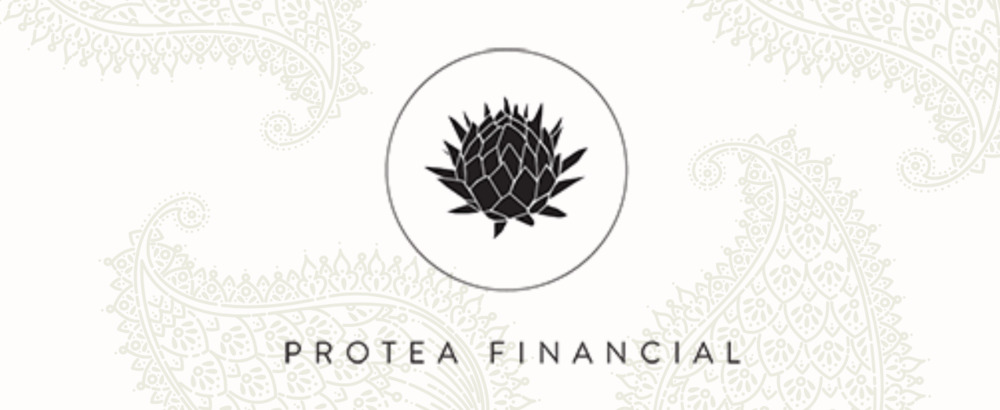How do you set prices for your wine?
This is a question that many winery owners consistently ask themselves.
Pricing wine is exceptionally challenging, particularly in an environment of economic uncertainty and shifting consumer spending behavior. Even seasoned veterans in the wine industry wrestle with the complexities of determining the optimal price for their products and do not always get it right. If you don’t have a clear understanding of your costs, setting a profitable price becomes nearly impossible. For newcomers, the process can feel overwhelming. In today’s market, where demand has softened and competition is fierce, finding the right pricing strategy is more challenging than ever.
Previously, we discussed maximizing profits through strategic wine pricing. This article delves deeper into the foundational methods of price setting, exploring specifics such as the three-tier distribution model and contribution margin analysis.
Yet, with a structured approach, you can simplify this daunting task. Here are some foundational thoughts on developing an effective pricing strategy for your winery.
Three Core Methods of Pricing Wine
Cost-Plus Pricing:
One of the most straightforward methods is cost-plus pricing. Here, you start by calculating the total cost involved in producing your wine, including grapes, bottles, labeling, production labor, and overhead expenses. Once you have calculated your total cost per bottle, you add a profit margin to determine your selling price.
While this approach ensures you cover your costs, it does have drawbacks. It doesn’t account for the market perception of your wine’s value or that of your competitors’ pricing. Thus, your wine may be either undervalued, potentially leaving profits on the table, or overpriced, leading to slow sales.
Regularly reassess your costs to avoid overlooking hidden expenses or market changes.

Target-Price Pricing:
Target-price pricing begins at the opposite end: the consumer. You set a desired retail price based on your brand positioning and target market. Once you’ve determined this ideal retail price, you then work backward, adjusting production processes and ingredient sourcing to fit within that target.
This method forces discipline around costs and can lead to a leaner, more efficient operation. However, if the target price is unrealistic, it may compromise quality or sustainability. It’s crucial to ensure your ideal price aligns realistically with production capabilities and quality expectations. And always, the wine you are producing should at least match the price in terms of perceived quality.
Continuously validate your target price with consumer feedback to ensure alignment.
Market-Driven Pricing:
Market-driven pricing is based on perceived value and a thorough analysis of competitors. Essentially, you price your wine according to what your customers are willing to pay. Understanding this involves analyzing competitors, assessing market demand, and closely listening to customer feedback.
This strategy aligns your wine’s pricing with market expectations and perceived quality. But it can be labor-intensive, requiring ongoing market research and flexibility to respond to changes quickly. Moreover, in highly competitive markets, it may compress margins significantly if competitors engage in price wars.
Invest in market intelligence tools and regularly update your competitor analysis.
Navigating the Three-Tier System
Adding to the difficulty of the pricing process is the three-tier system and all the complexities that come with it.
Understanding Distributor Margins: Producers sell to distributors, who typically aim for margins between 25-35%. These margins vary based on geography and market conditions.
Retail and Restaurant Markups: Distributors sell to retailers or restaurants, who then sell to the end consumer. Retailers usually mark up wines by 30-50%, and restaurants often apply markups of 200-300%.
State-Specific Considerations: Each state has different compliance requirements, tax rates, and distribution structures, making careful analysis essential when expanding into new markets.
Creating products for your targeted penetration of the three-tier system can be a good strategy as it allows you to build products for the correct channel, allowing you to create strong margins and giving you the best opportunity to be profitable.
Contribution Margin Pricing: An Essential Consideration
Although not a standalone method, incorporating contribution margin analysis can significantly refine your pricing decisions. The contribution margin is the difference between your selling price and your variable costs, such as grapes, bottles, labels, and shipping. For example, if your selling price is $25 per bottle and your variable costs total $10, your contribution margin is $15 per bottle. By analyzing contribution margins, wineries can identify which products deliver the greatest profitability relative to their cost, helping prioritize production and promotional efforts.
Considering contribution margins alongside your chosen pricing strategy ensures you’re making informed decisions about product lines, price points, and market positioning. It helps avoid situations where wines are popular but barely profitable or highly profitable yet challenging to sell due to misalignment with market expectations.

Setting wine prices is undoubtedly complex, but clarity emerges from breaking the task into manageable steps. Whether using cost-plus, target-price, or market-driven pricing, understanding your specific costs, market expectations, and the complexities of the distribution system will set your winery up for sustained profitability and success.
Regularly revisiting and refining your pricing strategy is essential as market conditions evolve. By strategically combining these pricing methods and staying responsive to changes, your winery will be better equipped to thrive.
For additional context on maximizing your winery’s profitability, be sure to revisit our earlier article on strategic wine pricing.



